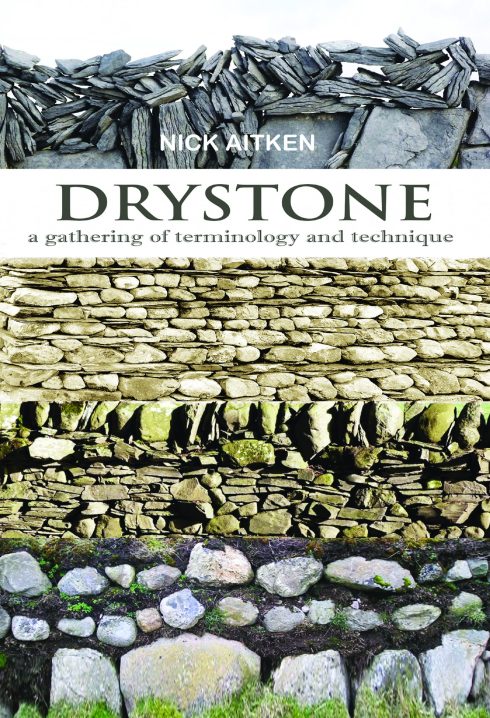

Drystone: A Gathering of Terminology and Technique

This book will be of interest to anyone studying old buildings or vernacular building techniques. Drystone walls are visible evidence of a reorganised agricultural infrastructure, and the social changes which followed. Thousands of miles of stone walls were built 1700 and 1900, all without the benefit of mortar. It was careful work, not just rocks piled up in a heap. English wallers and Scottish dykers had terms for each step in the building process. Two centuries ago, every upland district would have had teams building head dykes, field walls and sheep fanks. Their accents and dialect words, in the days before standardised spelling, were as varied as the rock they handled, or the walls they built. Skilled men moved across the county or country, even overseas, taking with them a language which was seldom written down. Words sometimes changed subtly when they moved. This book gathers these words together. Drystone walling has been described as a ‘dying art’ since the early 1900s. Should the terminology die with it? Are these ‘old words’ still relevant in a high-tech world? The main emphasis of this book is on the history and construction of drystone walls and (relatively) simple drystone structures. It brings together evidence from Europe, the Americas, Australia, New Zealand, Asia, the Middle East and Africa. Other topics include mortared masonry, geology, working conditions, weights and measures and international comparisons. We are cautioned about walling ‘promiscuously’, and told why a drystone wall is ‘dry’. Overall, it is an entertaining and informative read. The extensive bibliography opens up the possibility for further study. Sources include nineteenth century clergymen, hands-on dykers, historians, geologists and civil engineers. The ‘old words’ are still important. We need them to understand an important part of the agricultural revolution. They can also describe the diversity of drystone construction as it revives in this new century.
